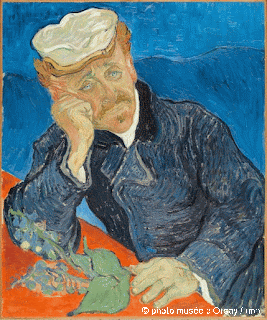Sunday, January 12, 2014 -  cultural preservation,Montmarte,Musée de Montmarte,Paris,Sacré Coeur
cultural preservation,Montmarte,Musée de Montmarte,Paris,Sacré Coeur
 No comments
No comments
 cultural preservation,Montmarte,Musée de Montmarte,Paris,Sacré Coeur
cultural preservation,Montmarte,Musée de Montmarte,Paris,Sacré Coeur
 No comments
No comments
Postcard from Paris: Sunday in Montmartre at Sacré Coeur and Musée de Montmartre
 |
| Musée de Montmartre: 12, rue Cortot |
by Catherine Schofield Sezgin,
ARCA Blog Editor-in-Chief
PARIS - The pitch black winter morning extends to almost 8.30 here in January -- well after my friends and I have selected a slice of quiche lorraine and a baguette from a warm boulangerie in Montmartre for Sunday breakfast. We pass the Le Bateau-Lavoir where Picasso painted Les Demoiselles d'Avignon and later on the second floor apartment (now available for rent) that once served as Picasso's first studio in Montmartre (Rue Gabrielle, 18).
Up a staircase that stretches alongside a very big Irish pub (Corcoran's), the 19th century Basilique du Sacré-Coeur, which survived bombings in 1944, overlooks the city. The basilica supports itself through donations, including the sale of 2 euro and 10 euro novena candles (I lit one for my parents). Although photographs are prohibited inside the church, exhibit panels outside of the areas for prayer include an appeal to support a campaign begun in 1985 to restore the century old Grand Organ. In addition to daily masses, Sacré-Coeur has maintained the Vocation to pray for the Roman Catholic Church and 'the whole world' in front of the 'exposed Blessed Sacrament' since August 1, 1885 (125 years). Exiting the church, I witnessed a head-scarfed woman arguing with one of the dirty ragged beggars sitting outside the door as if urging her to get out of the cold.
 |
| Vintage cars attract crowd on Sunday in pedestrian area |
On Sundays car traffic is limited in Montmartre to residents and by ten o'clock I had walked through a crowd photographing vintage cars to the Musée de Montmartre, a complex that includes a 17th century house once inhabited by August Renoir; the site of the art supply store frequented by Vincent van Gogh; a park reserve open only to cats; and a vineyard looking down to the infamous cabaret Au Lapin Argile.
The oldest house in Montmartre, built in the middle of the 17th century, was restored in 1959 to house the museum (12, rue Cortot); next door was 'the lodgings of Mr. Tanguy':
 |
| Rear of the building under renovation, 10 Cortot |
The caretaker's apartment at 10 rue Cortot was inhabited from 1866 to 1873 by Julien Tanguy, an art supplier. Pissaro, Monet, Renoir, Cézanne, Toulouse-Lautrec, and Van Gogh came to get their supplies at his shop in rue Clauzel. When they couldn't pay Tanguy they gave him pieces of their work.Inside the museum is an exhibit: "Impressions a Montmartre: Eugené Delátre & Alfredo Müller", including a 1897 "Death in a Fur Coat".
 |
| Death in a Fur Coat, 1897 |
 |
| Vineyard overlooking cabaret, Au Lapin Agile (red building) |









